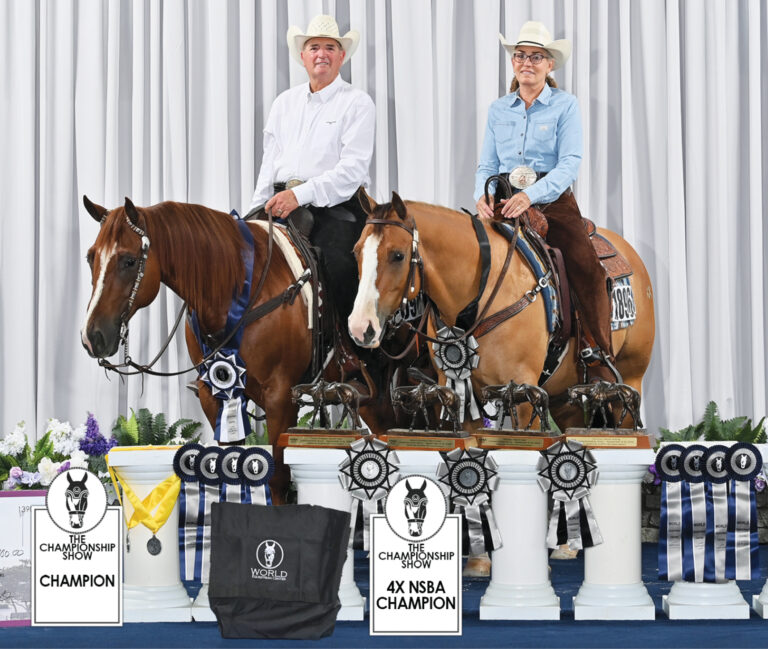Imagine yourself waking up on a cold or rainy morning and running downstairs or through a door to feed your horses—without even having to go outside. And how nice would it be to check your horses before bedtime without having to bundle up?
Living in the same structure as your equine friends has never been more popular. The “barndominium” or “barn house” trend is taking hold across the country, with options ranging from budget-friendly to extravagant.
While a “barndo”—as they’re commonly being called—may be an attractive option for those who desire convenience and rustic charm, there are a few things to consider before you plunge ahead with the idea of living with your horses.
Challenges—Plan Ahead
Before you purchase land or get your heart set on a barndominium, carefully consider costs and building regulations. Both of these can vary considerably from those you’d face when planning a standard residence or a separate barn structure.
Costs. While barn homes are often thought of as being less expensive than a standard residence, the builders we talked to cautioned that’s often not the case, especially if you want a wood structure. Pricing can vary significantly based on interior finishes, too. Just as with a standard house, you can have a barn home with Big Box-store-grade finishes or with marble, granite, fireplaces, and custom hardwood cabinetry.
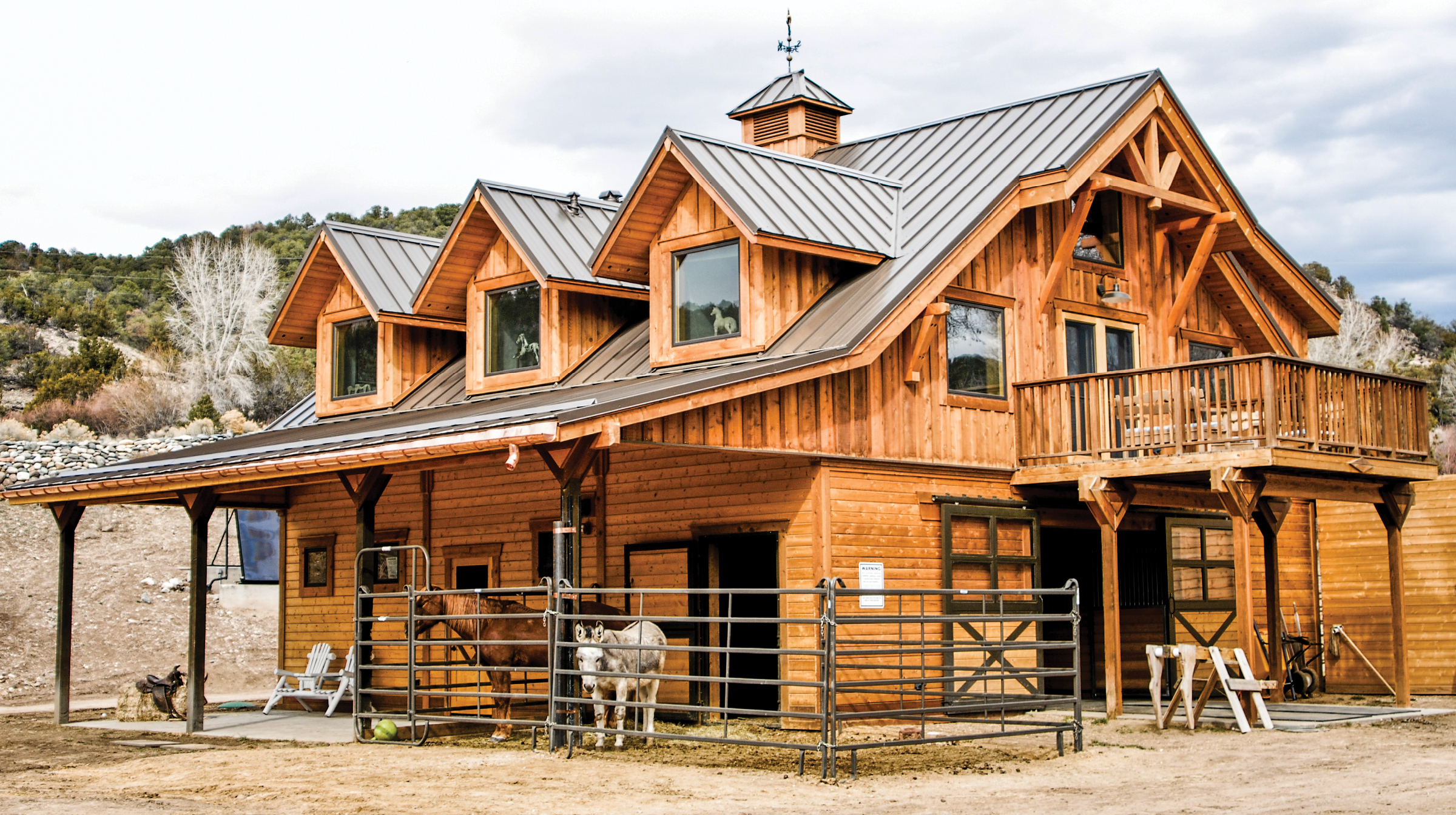
Pricing for labor, shipping of materials, and ground preparation also varies wildly depending on the area of the country you’re in.
“The regional differences in pricing can result in a variance in overall cost of up to 70 percent,” cautions Rick Vranish, marketing director for DC Structures of Damascus, Oregon.
Samantha Etsall, project specialist at Barn Pros of Monroe, Washington, says it’s safe to estimate at least two to three times the cost of one of her company’s barn kits to get an idea of total expenditure for the finished structure, depending on your interior finishes (and excluding dirt work).
DC Structures and Barn Pros both sell barn kits with and without residential components; they recommend specific kits based on the snow loads, fire danger, earthquake risk, and local building codes in your area.
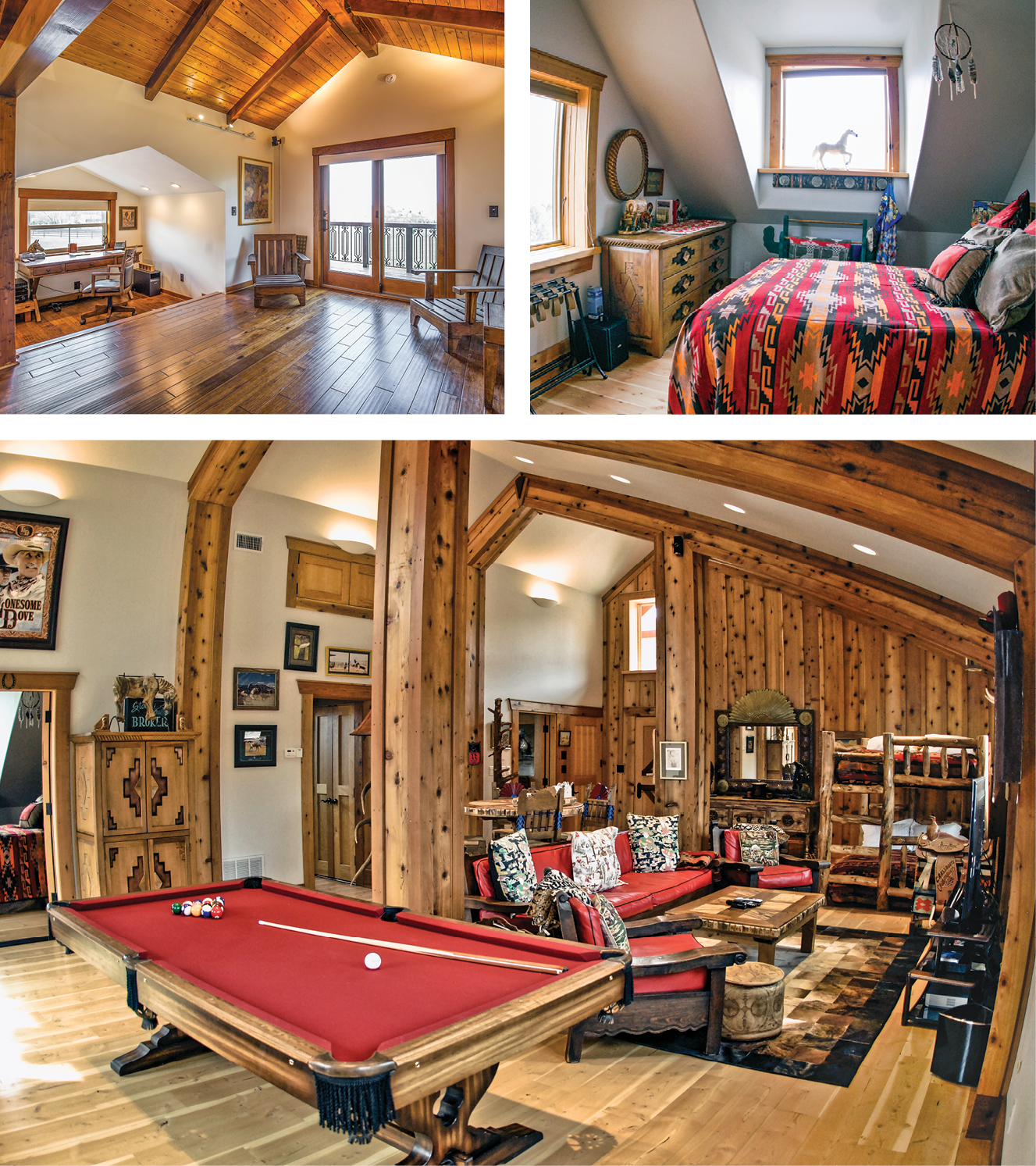
And, while they can help you find builders, their kit pricing doesn’t include putting up the kit, site excavation or prep, concrete, roofing, some doors, heating/air, or interior finishes or fixtures. Also additional are the services of typical interior residential subcontractors covering electric wiring, plumbing, drywall, flooring, and so on.
Still, a kit can be a more convenient way to go because so much of the planning is done for you; just understand which additional items will be needed outside of the kit price.
Chris and Loren Chambers built a wood-structure barn home for themselves outside Nashville, Tennessee, even doing the general contracting. Building from scratch saved them money, but Chris cautions against being your own general contractor (that is, running your own building project) unless you have a background in construction, as his family does. Moreover, some construction loans won’t allow it, and unforeseen problems can rapidly inflate costs.
“Saving money is great,” Chris says, “but avoiding costly problems comes with experience and knowledge. For example, hiring competent people for the various parts of building and subcontracting and keeping everything on track are all challenging tasks.”
Zoning. Depending on where you live—rural or suburban, and in which state—zoning may be a factor in whether you’re even allowed to build a barndo. As a first step, check with your local zoning and building departments for relevant codes. Some areas don’t allow “residential” in the same structure as animals, and some require commercial (read: expensive) fire-suppression systems that add a great deal to your build price.
Counties often require you to submit plans for approval of property lines and safety concerns. While some locations (like rural Texas, where barndos are common) have no zoning at all, others, such as California, are quite strict, and rules can vary significantly by jurisdiction changes of mere miles.
Some locales will consider a barndo as commercial or agricultural, some as residential. Most homeowners’ associations (HOAs) won’t allow barndos unless the development in question is specifically designated for this type of structure.
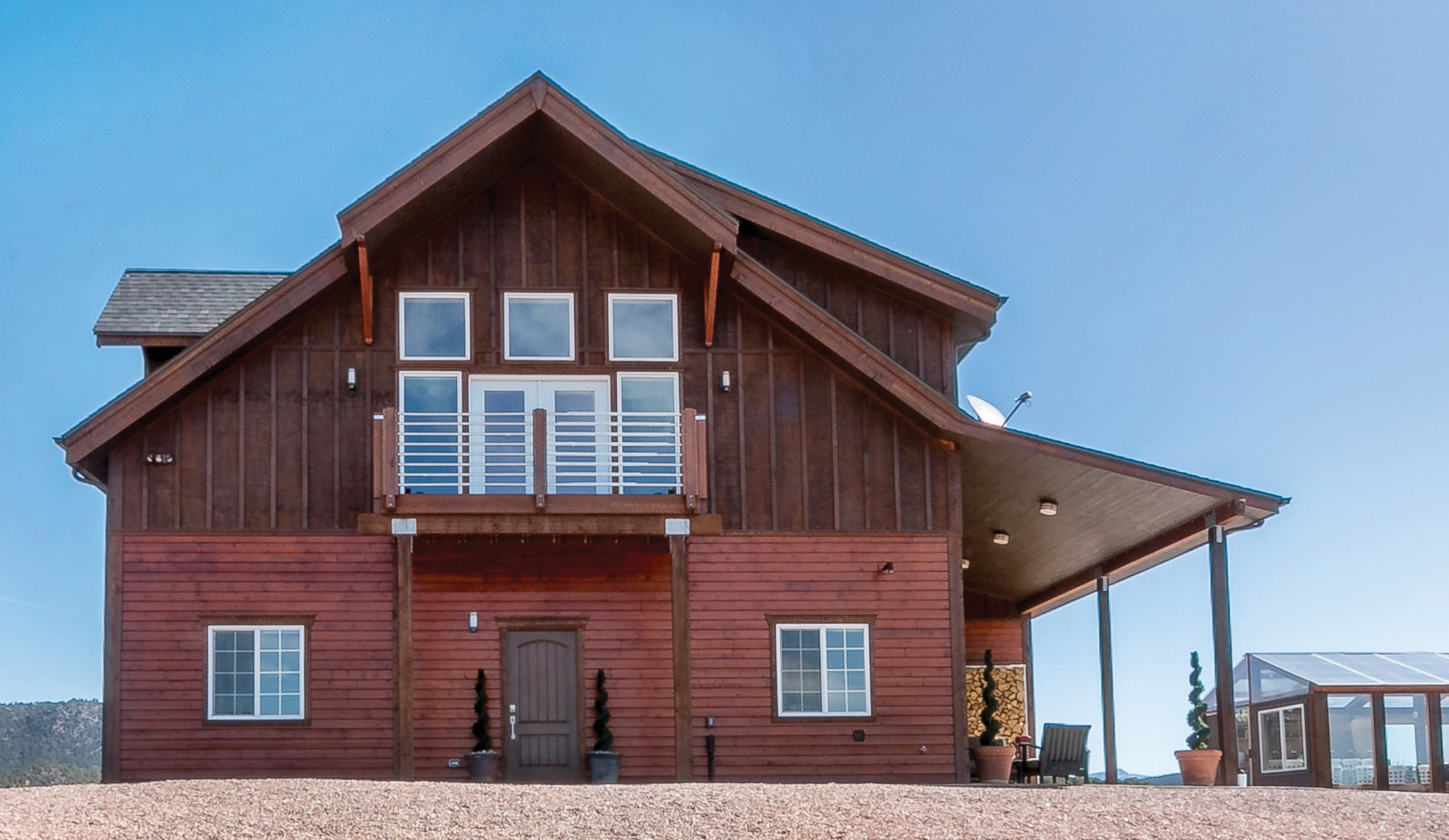
Buying land. It’s easier and cheaper to build on land that’s been cleared, is level, and has suitable soil for construction. Having electrical and water sources easily accessible also helps—just as with building a regular home. Based on the zoning that applies to your specific structure, your land choice may significantly impact your construction experience and total project pricing.
Financing. The experts we talked to all named financing as the major hurdle to building a barn home. As a result, “most of our customers pay cash for their barndo,” says Vranish of DC Structures.
The Chambers family did secure some financing for the barndo they built, using their land as an asset to secure the loan.
“We found that FHA [conventional] loans won’t finance barndos, and farm credit/agricultural loans won’t finance a residential structure,” explains Chris, who eventually procured creative financing through a local bank.
“Find one that will do ‘manual underwriting’ instead of sending it off to a corporate bank headquarters,” he recommends.
Why is getting financing such a challenge? For one thing, finding enough “comps”—comparable barndo properties sold recently in the same area to base appraisal prices on—can be difficult. That means national banks and government financing don’t have enough information to comfortably underwrite a loan on a non-conventional build.
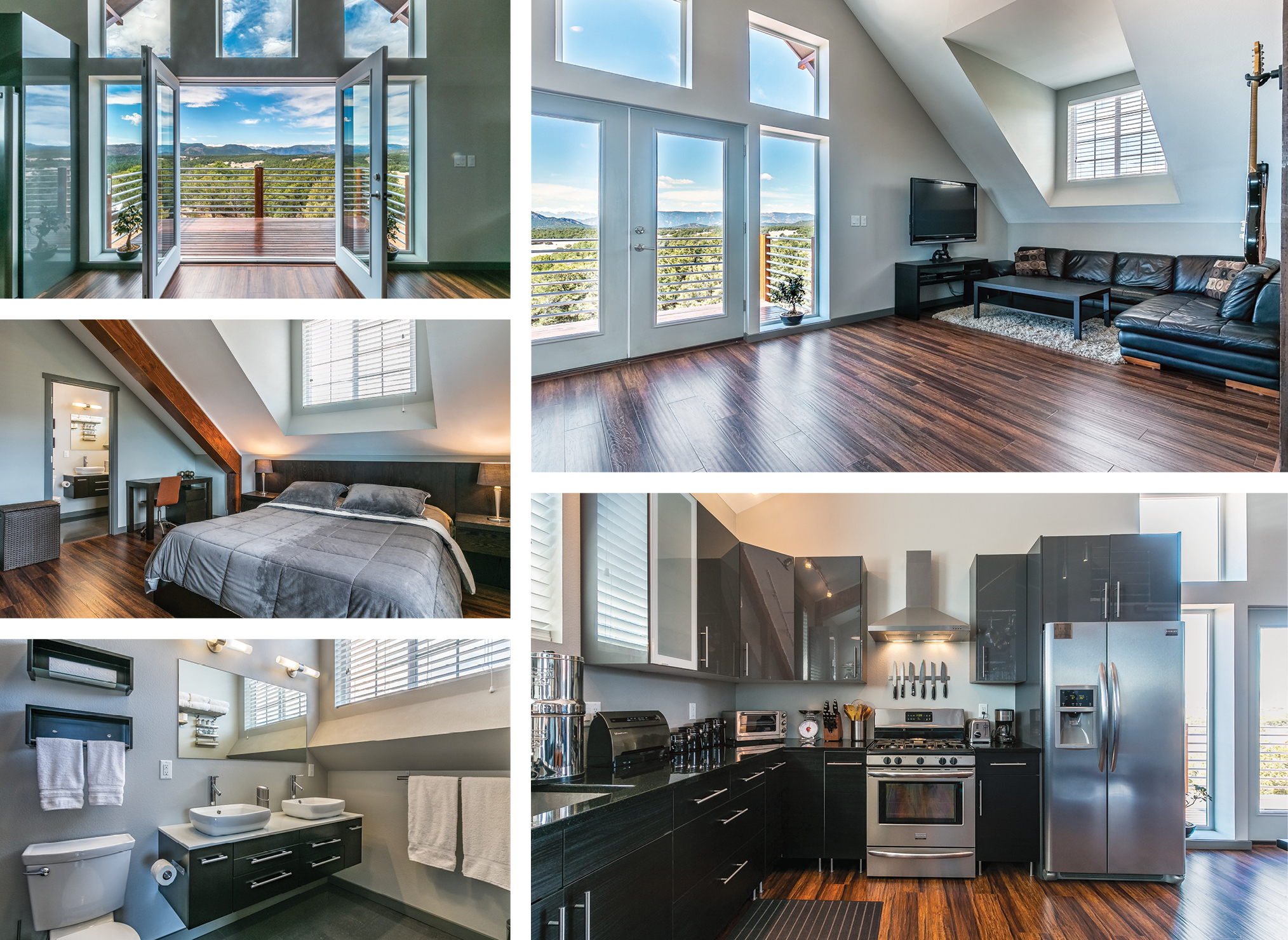
Local banks, by contrast, often have more knowledge of similar structures in the area, as well as a better understanding of land or asset value. That means they may be willing to hold your note in their bank as opposed to selling it on the national market.
Making sure you understand the financing types and how they may change during your build and after completion are key to the process as well. Difficult weather and other unforeseen delays can all add up, affecting interest rates, deadlines, and timing. Payments to builders and subcontractors must be made on a timeline, and ensuring that the money is available at the proper intervals is imperative.
Ultimately, on financing, local is the way to go. Be sure to do your homework well ahead of time on this part of the puzzle to avoid delays, and be ready to shop around and get creative.
Insurance. A standard farm and ranch policy may work, but some homeowners’ insurance companies may not be able to cover the barn portion of the structure or insure during the build.
“Check with your homeowners’ insurance before committing to a barn home to avoid surprises on pricing or winding up with an uninsured asset at any time frame during the process,” advises Bob Travis, a broker with Sonora Insurance Brokers in Boerne, Texas.
Brokers who offer many different brands of insurance may be better able to find policies that’ll insure each part of your barndo by square footage or build price, as opposed to insuring the whole structure as residential. For peace of mind, be sure to ask enough questions before starting your building project.
The Fun Part—Design
Designing your barndo is both fun and challenging. It took the Chambers family nine months and the help of an engineer to finalize a design for their barn home, then seven months to build it with the help of local Mennonite labor crews—convenient in their area outside Nashville.
Here are some variables to consider in design.
Structural style. A main difference among barndos is the style of the underlying structure. Some areas of the country favor pole-barn construction, where wood poles are set in the ground to support the rest of the building. Wood beams are another option.
Both DC Structures and Barn Pros provide for posts every 12 to 14 feet in an open structure; DC’s posts attach to metal plates, which are affixed to the concrete slab. Barn Pros uses pressure-treated lumber for beams, which are encased in cement and put in the ground.
In the south, due to weather and insect threats, most barn homes are built with welded metal beams set in concrete in the ground. Depending on your area and soil composition, one style of structure may work better and/or be a better financial choice. If you’re in doubt, soil testing can help you decide which type of structure will hold up best in your area.
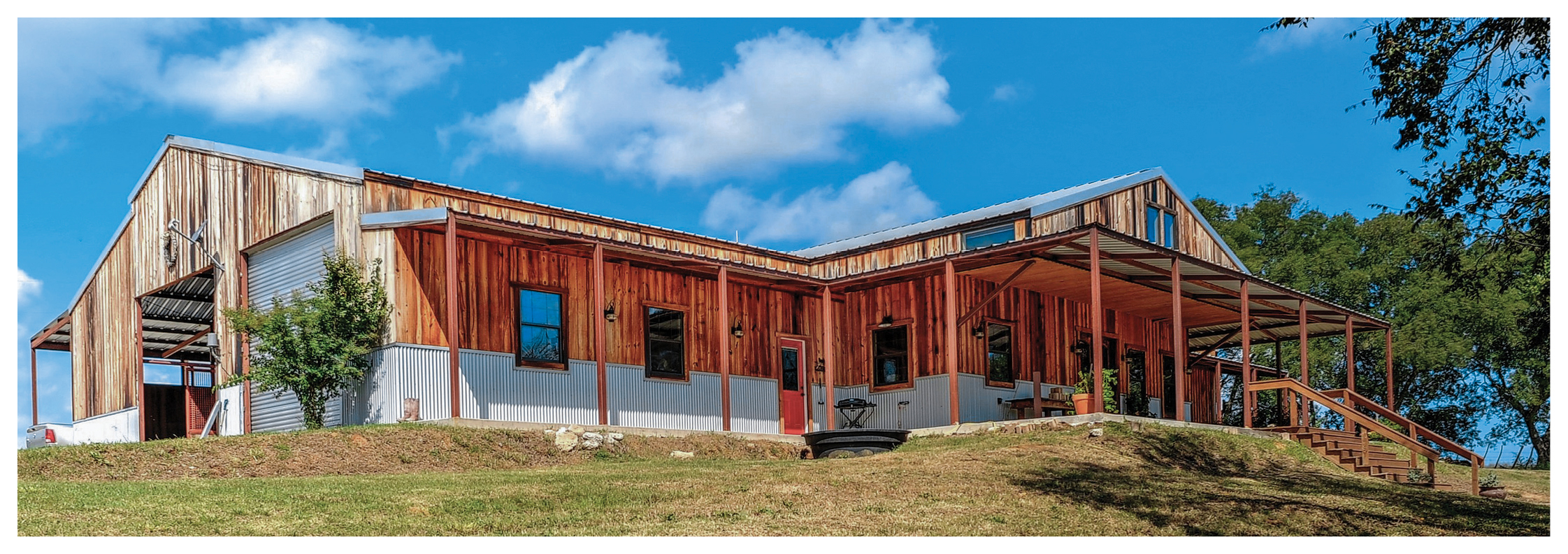
Interior tips. Knowing where your interior features will be located lets you plan how to hide your wiring and utilities. Unlike a conventional home with stud walls, barndos typically don’t have load-bearing walls, just those posts or beams every 12 to 14 feet. So while the open concept allows for almost any floor-plan layout in the grid formation, there are fewer places to hide ductwork and wiring.
If your barn home will be all on one level, planning ahead to hide ductwork and wiring in the concrete slab will make the home more subtly finished (although some people actually prefer the industrial look of exposed wiring and ducts). In-floor radiant heat is a popular choice with many one-level barn-home designs.
Going the other direction, Loren Chambers designed her 3,200-square-foot home on top of her stalls, with a false ceiling in the horse barn to hide all the wiring, heating/air conditioning, and plumbing, as well as add an additional space for insulation and sound proofing. A side benefit to this approach is a sleek, clean look in the horse stall area.
In cold climates, keeping plumbing and heating units in the heated portion of the home is imperative to save on energy costs and plumbing issues. Just as with a traditional home, solar and alternative-energy options can integrate into the design of the home—but should be planned for in advance to lay out the interior components, as hiding them in walls is a lot harder in a barn home.
While horse enthusiasts typically don’t give it a thought, a question that pops up from the non-horse spouses is the smell factor. According to DC’s Rick Vranish, “with proper building and sealing, customers don’t seem to have issues with barn smells in their residence.”
With that same thought in mind, horse-husband Chris Chambers planned for a mud room “buffer zone” in between the barn and house entrances, with a separate air exhaust fan for each. After building, he found he was more bothered by the horse noises at night, so he also added more insulation and sound proofing between the stalls and the floor of the home above.
“A fly-spray system in the barn is also a good investment to keep flies away from the living quarters,” he recommends.
Ultimately, with proper separation, horsey family members and those less fanatic can both be happy living near the four-legged members of the family.
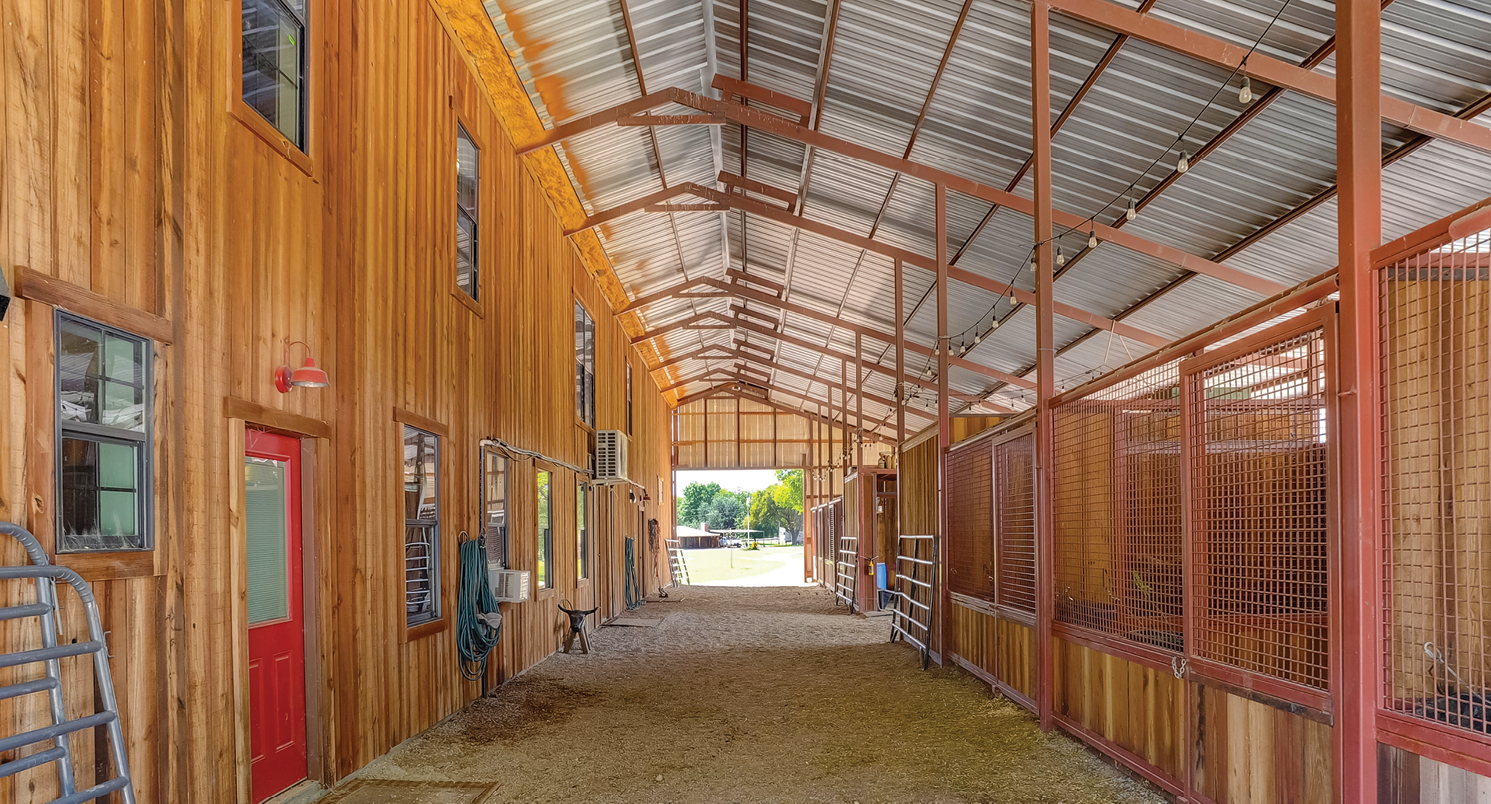
Horse housing. Designing the equine part of your barndo is at least as much fun as designing the house part.
Because having beams or poles every 12 to 14 feet is pretty standard, stalls built from scratch or kits are easily constructed in the grid, along with tack rooms, wash racks, integrated dog kennels, and more. Many barndos also add overhangs on the sides to provide shade for outdoor horse runs or parking of barn implements.
The barn-portion interior is finished just like a regular stand-alone barn, with the exception of perhaps more concrete surrounding the beams than some traditional pole barns. If dirt stall floors are desired, most of these structures will require cement berms to support the home on top of the stalls.
As for finishing details, barndo manufacturers typically work with various stall companies to provide desired options ranging from standard kick boards and sliding doors to luxurious finishes with wrought iron and decorative hardware.
A barndo is a challenging project from start to finish, but the end result can be immensely satisfying for horse lovers. Loren Chambers especially enjoys her covered upstairs deck overlooking the arena.
“It’s a favorite spot in our house,” she says, adding that her family also enjoys using the barn alley for outdoor games and parties. (Check out the Facebook group the Chambers started, “Horse Barn Living.”)
Yes, we love our horses, and with the growing popularity of barndominiums across the country, more builders, zoning boards, and even financing entities will gain the knowledge needed to enable more of us to live close by our favorite animals. With some thoughtful planning, we can make our dream of living with our horses a reality.
Be Aware
The nomenclature for these structures can be confusing and it varies from region to region. The terms barndominium and barn house or home are used variously to mean a steel-metal building with inside living quarters for humans and horses (or sometimes humans only), or a wood-framed structure that houses both horses and humans. Barn home may also be used to denote a house that’s built in the style of a barn, or a barn that’s been converted to a home; these structures typically are for humans only.
All this means you must be careful when researching your barndo project to ensure that you’re comparing apples to apples. Spell out exactly what you intend to build or acquire when talking to builders, manufacturers, bankers, zoning authorities, and insurance representatives.


